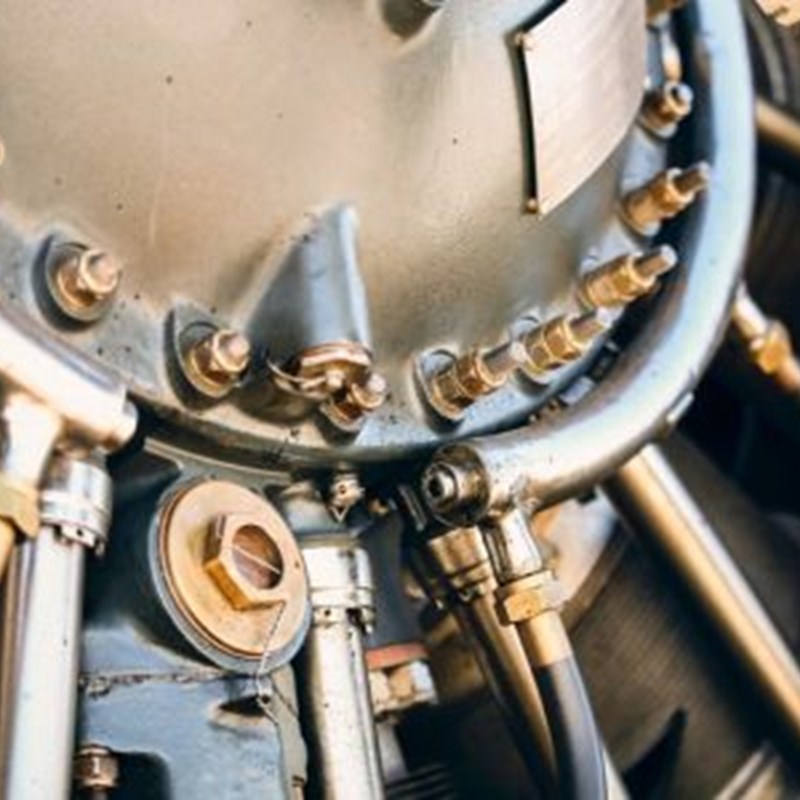
As our Global IoT Series continues, we delve deeper into the technologies that make up Industry 4.0 or Digital Manufacturing. This article focuses on digital twin technology – how it works, how it is used in the field, and the impact it is having on manufacturing globally.
Digital twin technology is actually made possible through a combination of different technologies including IoT, connected sensors, AI and machine learning.
‘By incorporating multiphysics simulation capabilities, the digital twin is a predictive analytics tool used to determine the performance characteristics of products and production systems’ – What is a digital twin? Tom Maurer, Siemens
A digital twin provides a virtual representation of physical assets, processes or systems that reflects the reality of a connected device in the field – wherever the device may be. It could apply to a piece of machinery on a production line, or to a device deployed much further afield – on the seabed or even in space.
This video from EDS Technologies provides a clear visual of how digital twin technology works. It is easy to see how connecting a physical machine – in this case a humanoid robot – with its digital clone can provide valuable insights into the effects of external factors on assets, for example. In the video, a human attempts to impair the robot’s movements by holding its arm. Yet the digital twin tracks the intended trajectory of the arm so that when it is released it still follows its intended path of movement. Data collection and analysis via connected sensors on its physical counterpart enables the digital twin to learn complex patterns of behaviour and react to disruptions, errors or breakages. AI and machine learning play a key role in digital twin technology in terms of detecting, identifying, or even predicting issues with the physical asset.
The International Data Corporation (IDC) predicts that by 2021, 50% of all large industrial companies will use digital twins. Different types of digital twins mirror products, processes and systems – and these twins can all connect to each other to deepen the impact of analytics, ultimately improving the efficiency and performance of the physical asset or process. In manufacturing terms, this can make a real difference to the production line, with digital twin technologies able to detect or predict problems on the factory floor before they occur.
Digital twins can also enable manufacturers to test out new processes or systems without having to invest in physical machinery prior to testing. Digital asset systems (read about Intel’s here) can be used to build digital 3D models of entire factories – giving manufacturers the opportunity to not only visualise, but also digitally implement new processes before deploying them to the factory floor.
Creating and maintaining digital twins of deployed assets – turbines, buildings, vehicles, HVAC equipment or even household appliances or white goods – requires robust, resilient yet flexible connectivity, particularly when physical counterparts are deployed on a global scale. Arkessa’s eUICC solution and remote provisioning services deliver exactly that by leveraging global mobile network infrastructure in a way that keeps mobile data plans, tariffs and service providers in the hands of the Enterprise.
For an overview of Smart Manufacturing and Industry 4.0, read the last Arkessa blog post here.
Coming soon…
Customisation and Industry 5.0 and the role of AI on the production line